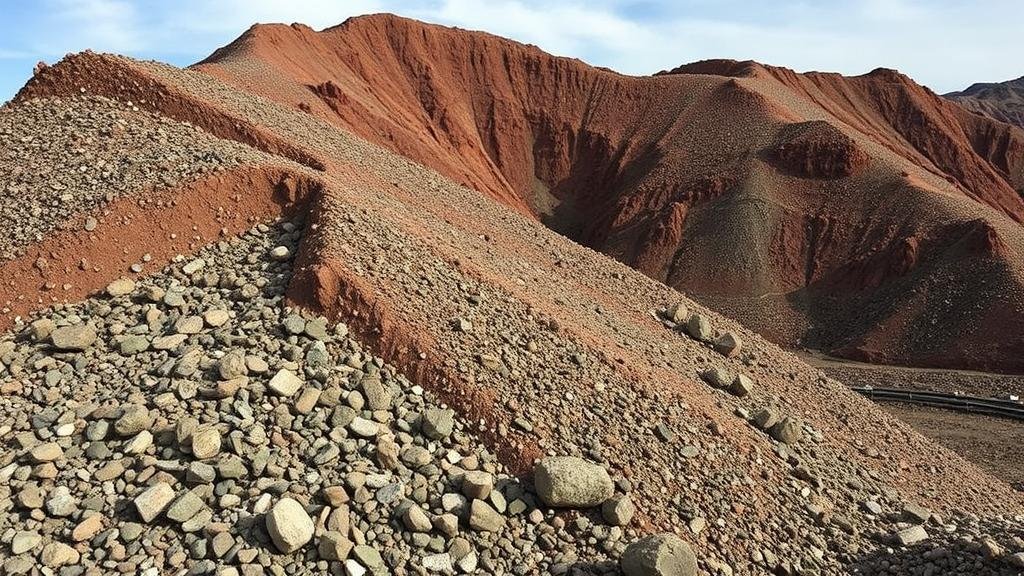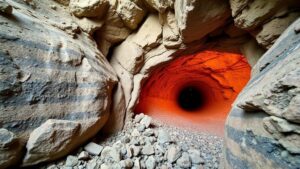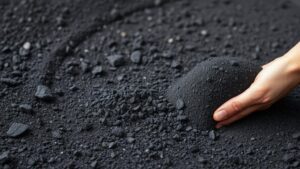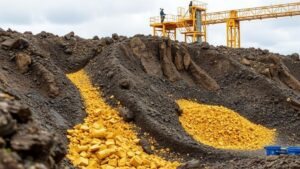Detecting Overlooked Veins in Old Mining Dumps and Tailings Piles
Detecting Overlooked Veins in Old Mining Dumps and Tailings Piles
Mining operations have historically played a crucial role in economic development, but they often leave behind extensive waste in the form of dumps and tailings piles. These remnants, while deemed barren by some, can contain overlooked mineral veins that have been neglected due to outdated extraction methods or evolving technology. This article explores techniques for detecting these hidden veins, examining contemporary methods and their implications in the mining industry.
The Importance of Targeting Old Dumps and Tailings
Old mining dumps and tailings piles can represent significant untapped resources. For example, a study by the United States Geological Survey (USGS) noted that in some areas, up to 50% of the minerals in these sites might still be recoverable due to advancements in technology.
- The recovery of gold and other precious metals from tailings can significantly boost the profitability of mining operations.
- Reprocessing these materials can minimize environmental impacts and promote sustainable practices.
Methods for Detecting Overlooked Veins
This section outlines various techniques used to identify overlooked mineral veins in mining waste. Each method offers unique advantages, often complementing one another to create a comprehensive detection strategy.
Geophysical Techniques
Geophysical methods such as ground-penetrating radar (GPR) and electromagnetic surveys are invaluable for non-invasive exploration. For example, GPR can reveal subsurface structures by sending electromagnetic pulses and receiving reflected signals. A study conducted in the Rocky Mountains utilized GPR to identify previously undetected veins in tailings, resulting in successful extraction projects.
Geochemical Sampling
Geochemical analyses of soil and tailings can indicate the presence of overlooked veins. By analyzing the concentration of specific elements, geologists can identify anomalies that suggest mineralization. An example can be found in the Klondike Gold Rush area, where targeted sampling of tailings produced higher-than-expected gold concentrations, prompting further investigation.
AI and Machine Learning
The integration of artificial intelligence (AI) and machine learning is revolutionizing mineral exploration. e technologies can analyze vast datasets to identify patterns that human analysts may overlook. For example, companies like Goldspot Discoveries are employing machine learning algorithms to predict mineral concentrations based on geological and historical data, resulting in a more efficient targeting approach.
Case Studies
Several case studies illustrate the effectiveness of modern detection methods:
The Brownfields Project in Canada
The Brownfields project aimed to revitalize old mining sites through advanced geophysical surveys. Utilizing a combination of GPR and geochemical sampling, the project successfully identified five new veins previously thought to be exhausted, leading to a significant increase in resource estimates for the region.
The Rhyolite Ridge Lithium Project
This project leveraged AI-driven techniques to reinterpret historical mining data. By analyzing old tailings, the project uncovered significant lithium deposits that were overlooked during initial mining operations owing to different market demands and lack of technology.
Potential Challenges and Considerations
While the benefits of detecting overlooked veins are significant, challenges exist:
- Environmental Regulations: Ensuring compliance with environmental laws is paramount when reopening old mines.
- Financial Viability: Assessing the cost-effectiveness of extracting new resources from old dumps is critical for investment decisions.
Plus, developing a comprehensive understanding of the geological history of a site can aid in minimizing risks and maximizing returns. Integrating multidisciplinary approaches, such as collaboration with geologists and environmental scientists, is essential for successful projects.
Actionable Takeaways
Detecting overlooked veins in mining dumps and tailings piles poses intriguing opportunities for the mining industry. Important steps include:
- Investing in advanced geophysical and geochemical exploration technologies.
- Utilizing AI and machine learning tools for enhanced data analysis.
- Conducting thorough environmental assessments to align with regulatory requirements.
By embracing these practices, mining companies can leverage previously untapped resources, contributing to both profitability and sustainability in the industry.



